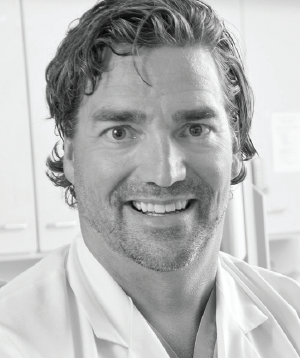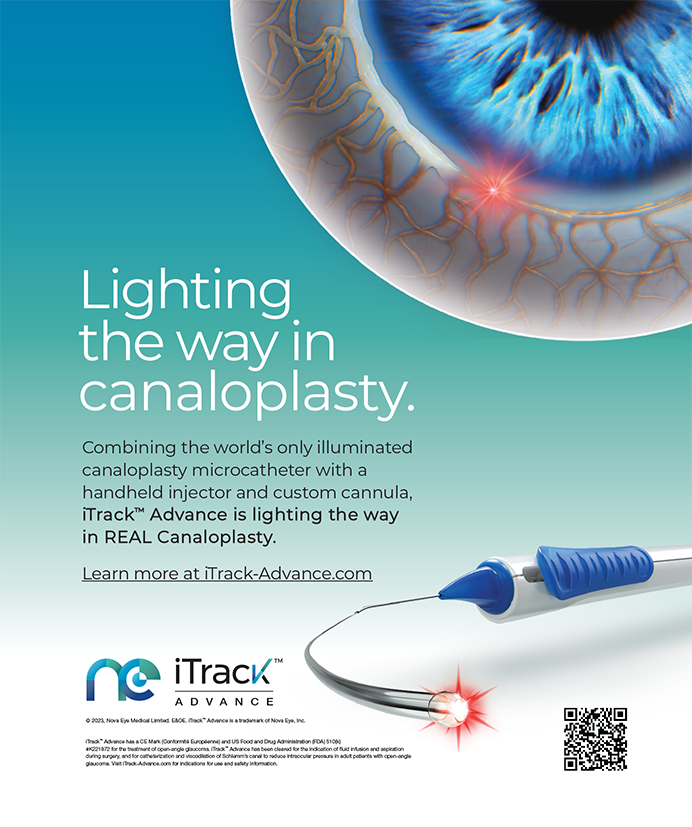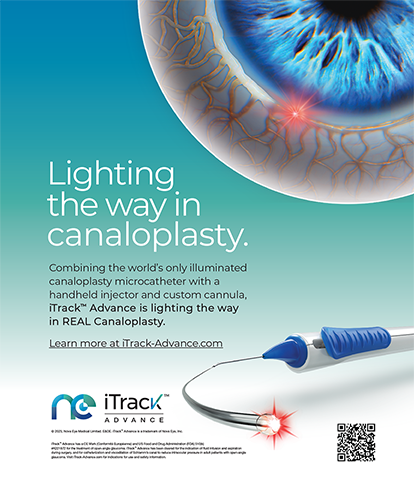
There is no great secret to converting your patients with cataracts to candidates for laser cataract surgery. If you are searching for a strategy for your chairside talks with patients about the technology, you need to keep it simple and straightforward.
START WITH THIS
When I talk to my patients about whether they should have laser cataract surgery, I start with this: The femtosecond laser is the best technology available today, and it’s what I recommend for any of my patients who can afford it. I believe that it is safer than conventional cataract surgery and that it can help you to achieve better vision and outcomes. Opting for the laser procedure, I explain, minimizes surgical variability and the potential complications associated with using a blade.
I have found that surgeon enthusiasm goes a long way toward patient acceptance of any technology or technique, including laser cataract surgery. Because I am very confident with my laser, patients are more confident in their decision to undergo the procedure.
SEND INFORMATION AHEAD OF TIME
Another secret to my conversion rate of around 65% is getting patients to think about their options prior to setting foot in my office. Any patient who makes a cataract consultation appointment receives an informational packet. In this packet is a welcome letter letting the patient know that he or she has two decisions to make: (1) conventional cataract surgery or laser cataract surgery, and (2) standard or premium IOL. The welcome packet also includes brochures on the associated out-of-pocket expenses, for instance for the femtosecond laser and toric, multifocal, and extended depth of focus IOLs.
We have found that, when patients arrive at our office having already thought about the decisions mentioned in the welcome packet, they don’t feel blindsided by our discussion. Femtosecond lasers have the capability to deliver tremendous benefits to patients, and when they know this before coming to your office, you hardly need to sell the laser to your patients—they are already sold on it. They want to have the best technology and the best surgeon: you. They like that combination. I think we tend not to realize that fact, and we think we have to sell the experience in some other more complicated way.
EXPLAINING A NONCOVERED SERVICE
Of course we are not selling patients use of the laser alone; we are also correcting their astigmatism and perhaps implanting a premium IOL—also the best available technology—and that is why we would charge an additional fee for laser cataract surgery. During the consultation, I make sure to explain to patients that, although the femtosecond laser can be safer than conventional cataract surgery and produce better outcomes, the Centers for Medicare and Medicaid Services categorizes the laser as a noncovered service because it corrects and manages astigmatism; therefore, we charge for the nonessential cylinder correction. If laser cataract surgery is elected, I will treat anything more than 0.25 D of existing astigmatism.
CONCLUSION
Expressing your enthusiasm for laser cataract surgery is often enough to convert patients to this technique. I believe in laser cataract surgery, and I have genuine confindence in the femtosecond laser’s ability to produce exceptional surgical results. Having a simple and straightforward discussion with patients and sending them educational materials in advance of their consultation are good practices in patient education.




